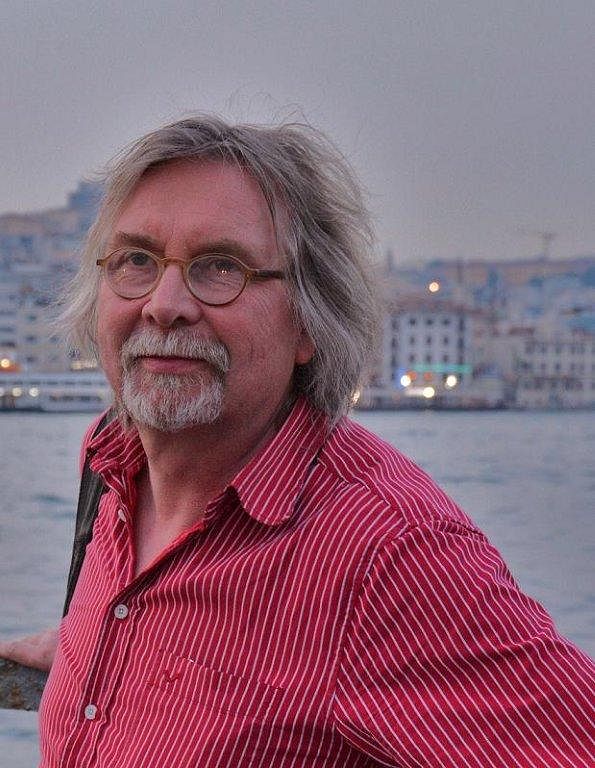Juhani Lindholm
Antti Juhani Lindholm
Born March 16, 1951, Helsinki
Freelance translator and journalist
BA 1981, University of Helsinki
Chair of the Eino Leino Society 2008–
Vice-Chair of the Lahti International Writers’ Reunion Committee 2009–
Event manager of the Lahti International Writers’ Reunion (LIWRE)
Member of the Board for Grants and Subsidies to Writers and Translators 2000–11
Member of the National Council for Literature 2013–14, Vice-Chair 2015–
Teaching assignments at the University of Helsinki, the School of Arts and Design, and translation master classes
Awards and recognitions
Otava Anniversary Translator Award 1990
Finnish Broadcasting Company’s Translator Award for best poetry translation 2007
J. A. Hollo Prize 2009
State Literature Prize 2009
State Extra Pension for Artists 2013
Mikael Agricola Award 2015
Photo: Juhani Lindholm's personal archive
Written by Juhani Lindholm
Translated by Joe McVeigh

